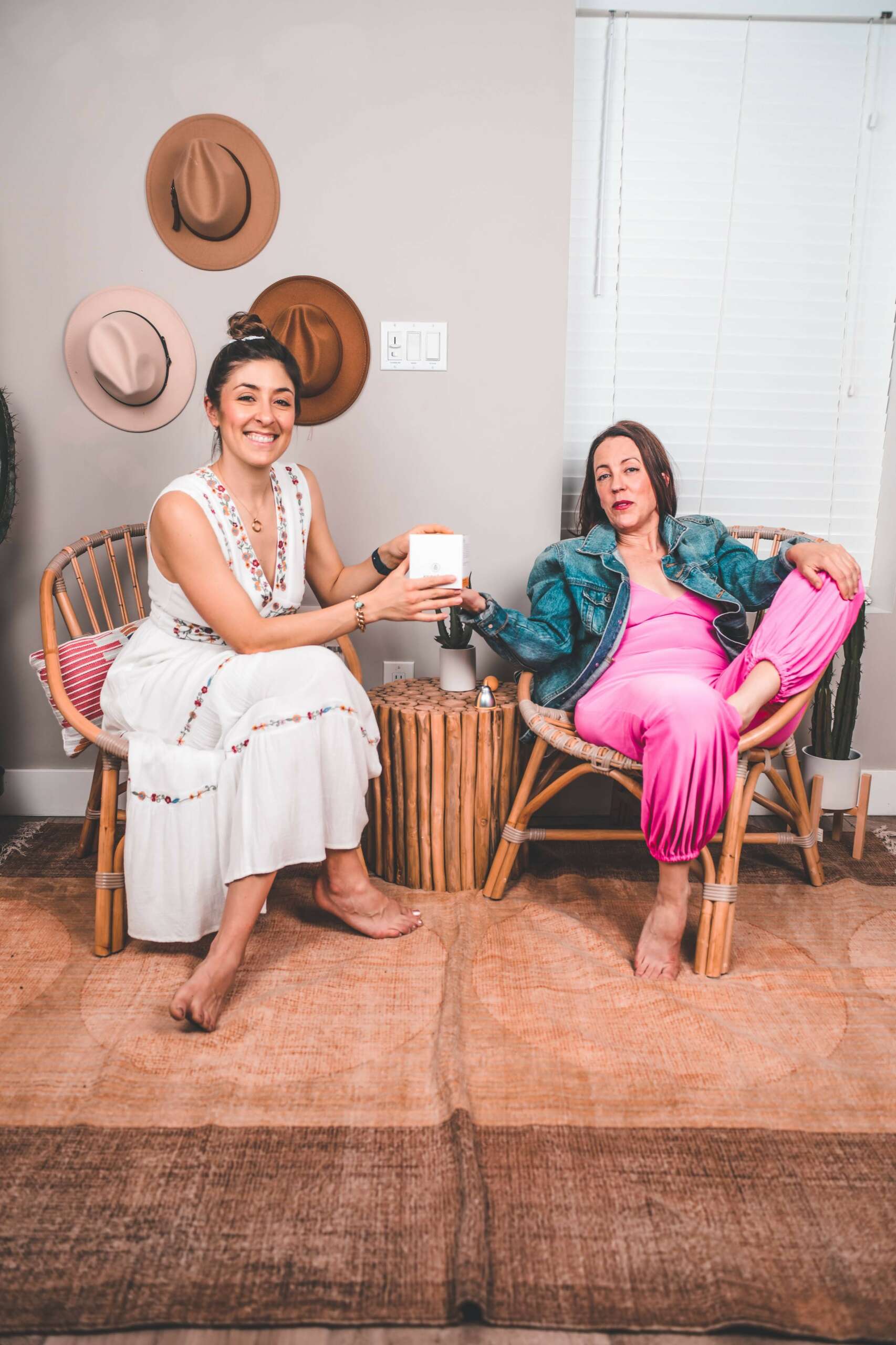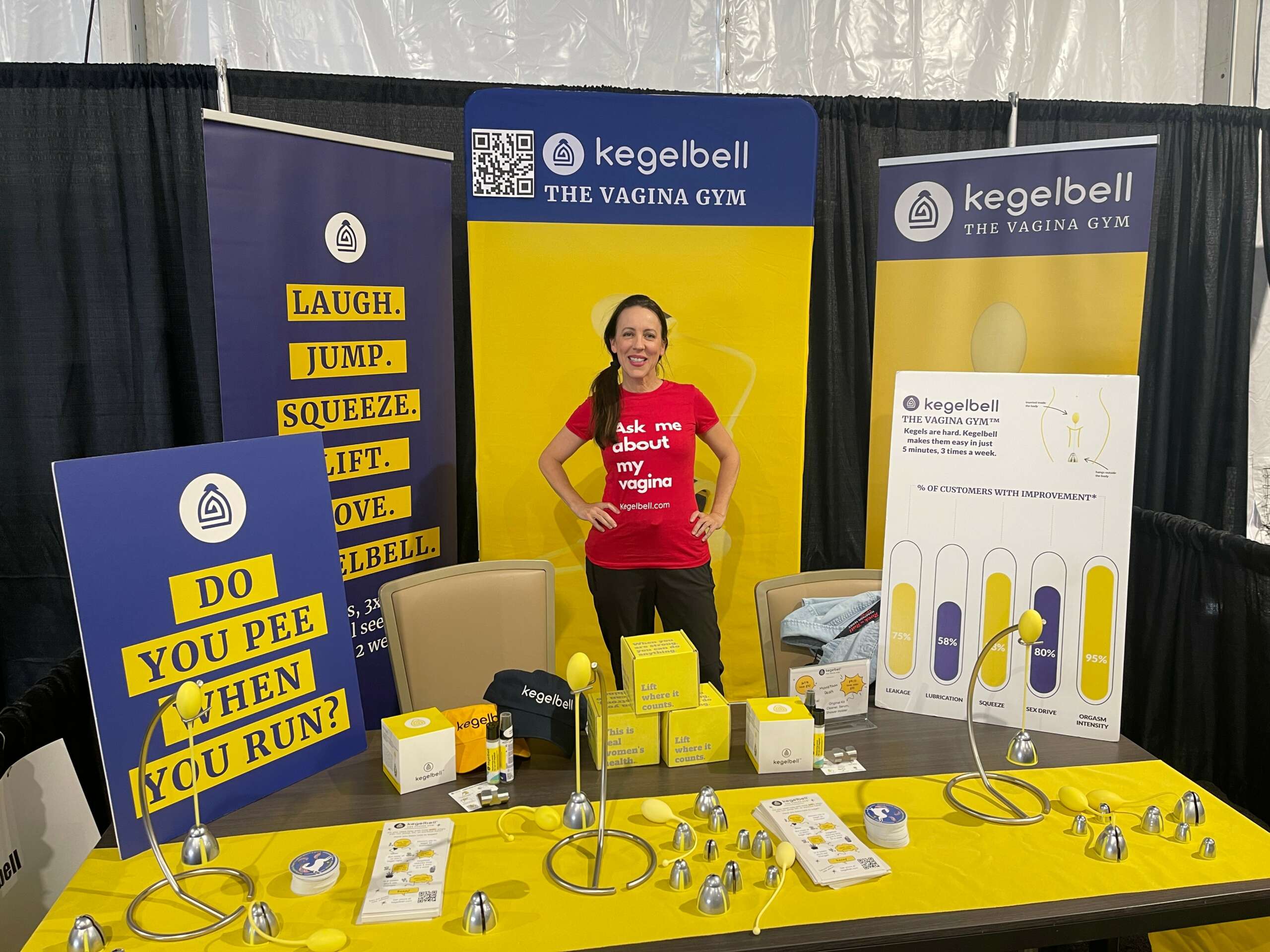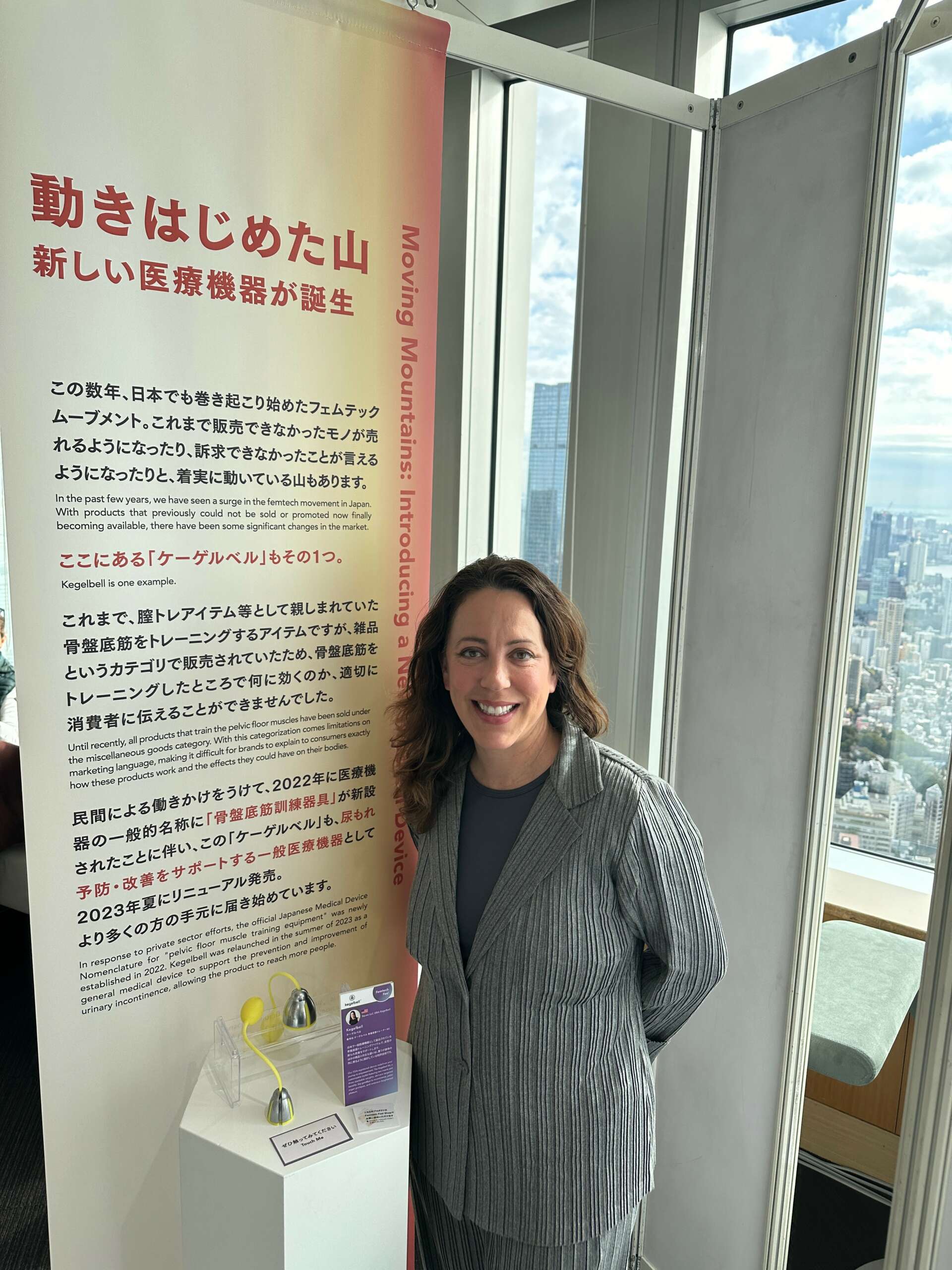We’re excited to introduce you to the always interesting and insightful Stephanie Schull, PhD. We hope you’ll enjoy our conversation with Stephanie below.
Stephanie, thanks for joining us, excited to have you contributing your stories and insights. We’d love to hear from you about what you think Corporate America gets wrong in your industry and why it matters.
This is how things are today for women: 75% organ prolapse, 66% bladder leakage 45% sexual dysfunction and this is what happens to most women around the world if we do nothing. To put a fine point on it, a woman who has urinary incontinence, has sexual dysfunction, or has pelvic organs dropping, may suffer punishment in the home, and her prosperity is at risk. It takes little imagination to imagine the discordant marriages and untenable work situations the women in these statistics endure and the alienation, isolation, and suffering that follows.
Current approaches to the problem were made under the spell of taboo about women’s bodies and they suffer from inherent blindspots. (1) high-risk surgeries with complications (2) expensive laser therapy (3) embarrassing, smelly, rash-inducing diapers and pads that fill landfills when used daily from age 24 to age 94 would be 5 tons of single-use plastic waste and cost her $60,000 over a lifetime, which makes corporations happy, but not us. And none of these address the root problem, they don’t fix even one of the symptoms, they simply get women on the hook for continual purchases to poorly manage a symptom.
Currently, the best option out there is Kegel exercise, doctors have proven it works to treat and prevent these things and it can be explained in a couple of minutes. Women are told they need to do kegel exercise three to five times a day everyday that is about 100 minutes a week, every week, forever. We know from multiple medical studies that women run into the problem of not doing kegels correctly or not doing them often enough to make a difference. And the numbers of women with pelvic floor problems stays at epidemic proportions.
How do we transition women from living this way, to a new and better way?
To solve this, we need to do three things well: we have to make it automatic to do kegels correctly, and drastically reduce how often it needs to be done per week, and accelerate how quickly they can see results. We also need to make this accessible to any woman anywhere, so we need a simply designed product, easy to use, not breakable, no side effects, easy to monitor and measure progress, and extremely effective with little time and effort
So I invented Kegelbell, a simple weight system, that allows a woman in just 5 minutes 3 times a week to have the results she is looking for. Results appear in the first two weeks. And the cost is below $100 and she can use it for years.
All women can benefit and have a right to have to access this healthy solution. Around the world women have told us, don’t forget us in Madagascar, Cambodia, and Singapore; we have these problems, we suffer, and we need this. Rather than sharing our expensive and flawed technologies of high-risk and ineffective surgery and humiliating diapers that line the pockets of corporations and landfills with waste, we should share with women around the world our best technology, one that is environmentally friendly, safe and without side effects, one that solves the root problem, and is something they can actually afford.
I just released Kegelcap which is an even more affordable and more customizable solution that I designed to be travel friendly option for high-income women, and made it accessible option, for women in low-income environments.
Big business doesn’t like it because it solves too many “pain points” for one small one-time purchase. Big business looks for ways to keep women on the hook for life with the continual expense of managing an issue and not solving it. Big business depends on keeping women dependent on Depends.


Stephanie, before we move on to more of these sorts of questions, can you take some time to bring our readers up to speed on you and what you do?
Prior to inventing Kegelbell, I was an academic who taught philosophy, wrote and lectured internationally, translated a book on psychoanalysis from French to English, and I was the director of the Frank Lloyd Wright School of School of Architecture at the UNESCO World Heritage sites of Taliesin and Taliesin West.
I wanted to move from “armchair” feminism to tangibly improving the lives of women by reimagining products that are simple, safe, and radically effective for millions of women everywhere. I believe very strongly in the need for a product like Kegelbell to destigmatize the space of women’s health and give women permission to seek out remedies to the issues that have interrupted their happiness for years.

We’d really appreciate if you could talk to us about how you figured out the manufacturing process.
Motivated by a strong desire to help women, I set out to change the way we care for pelvic floor health. But the products available had big problems and the companies making them didn’t seem to care much about fixing them. Feeling frustrated, I decided to do something about it.
One day, I went to a big trade show in Germany hoping to find a solution. Instead, I met lots of people who didn’t seem interested in helping women, rather they wanted to continue selling things that didn’t work but sold well. Feeling discouraged, I ended up talking to another person there, who happened to be a German engineer. He looked really cool with his dreadlock mohawk, so if you know anything about German engineers, then you know he is a rare creature interested in bold and creative ideas. I told him all about my idea to make better tools for pelvic floor exercises. And he said he could help me make it.
Not only that, but he also knew a manufacturer—he had been working with a manufacturer on a product he had licensed to a big company. When the engineer introduced me to the manufacturer to make our new product, the manufacturer thought at first I was with the other big company, the one with a long history of working with them. By the time he realized I was launching this on my own, he was already in love with the product, so he continued to work with me. If it hadn’t been for that initial misunderstanding, I don’t think I would have had his support.

Learning and unlearning are both critical parts of growth – can you share a story of a time when you had to unlearn a lesson?
I learned that I carried more false assumptions about other cultures even though I thought I was very advanced in multi-cultural understanding. I was headed to the UAE to give a presentation to media and royal family members about Kegelbell. I was concerned that I could be put in jail for discussing women’s sexual health in public and using the word “vagina” on stage sent by heart rate to 115 BPM just standing there talking about Kegelbell in front of a mixed gender audience. I was also worried that in general I would encounter a wave of negative feedback given what I assumed would be repression around women’s sexual health. I could not have been more wrong in my assumptions. The UAE is a place where women are very comfortable with the natural function of their bodies and the overall health benefits of sexual wellness. In stark contrast, I experience more resistance, repression, and censorship in the USA. The experience has left me with the desire to travel the world and interview women about how they perceive their bodies and their pelvic floor health, it really is a lens into the deepest part of the culture that reveals how they view women at a fundamental level and what follows culturally from that primordial set of beliefs.

Contact Info:
- Website: https://www.kegelbell.com/
- Instagram: @kegelbell
- Facebook: @kegelbell
- Linkedin: https://www.linkedin.com/in/kegelbell/
- Twitter: @kegelbell
- Youtube: @kegelbell
- Other: Tiktok https://www.tiktok.com/@kegelbell
Image Credits
Kayleigh Darezzo, Alexandra Noelle


